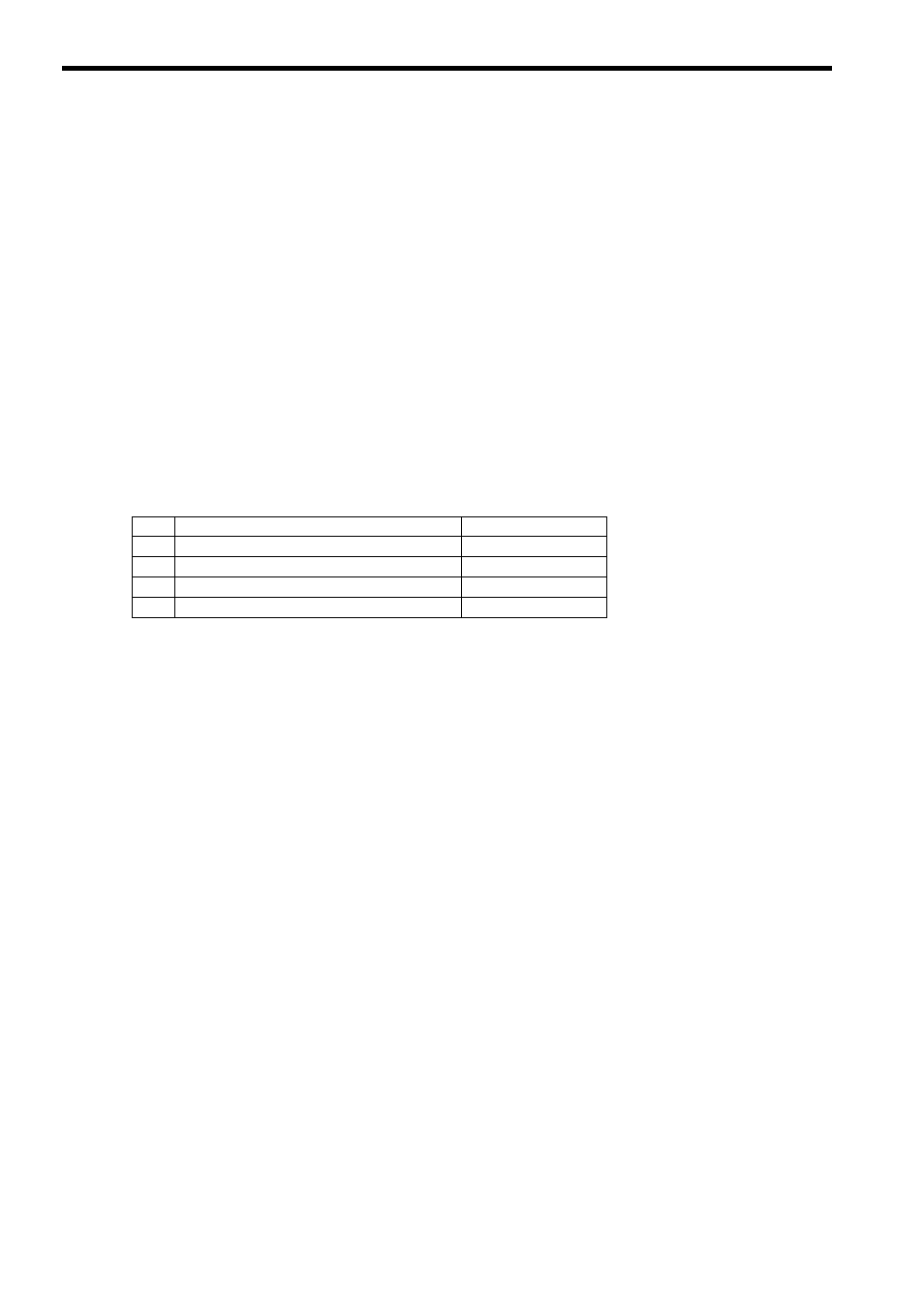A.6 tcp/ip, udp/ip communication protocol, A.7 fl-net port number – Yaskawa JAPMC-MC2303-E User Manual
Page 154

Appendix A Network System Definition
A.6 TCP/IP, UDP/IP Communication Protocol
A-4
A.6
TCP/IP, UDP/IP Communication Protocol
TCP, UDP, and IP are the main protocols used by Ethernet.
IP belongs to the communication protocol network layer and controls communication data flow.
Though both of TCP and UDP belong to the transport layer employing IP as the network layer, their service content
differs greatly.
TCP provides the upper layer with reliable services that need not be conscious of data segmentation. In contrast, UDP
sends a group of data (data diagram) to the upper layer as is and does not guarantee whether it has reached a destination
normally. Acknowledgment and resending at data reception are left to the topmost layers. Though UDP is less reliable
than TCP, it provides communication services with less overhead.
FL-net uses UDP. This is because the TCP’s complicated data acknowledgment/resending procedure is redundant for
FL-net. By avoiding this procedure, UDP uses tokens to manage sending rights and segments and integrates multiple
frames at the upper FL-net protocol layer for high-speed data exchange.
A.7
FL-net Port Number
To implement services on the FL-net protocol layer, which lies above the transport layer, port numbers have been pre-
defined in FL-net as shown below. However, the FL-net users do not have to define these port numbers in the parame-
ters.
Name
Port Number
1
Port number for token frame and cyclic frame
55000 (fixed)
2
Port number for message frame
55001 (fixed)
3
Port number for trigger frame or join request frame
55002 (fixed)
4
Pot number for sending port
55003 (fixed)
